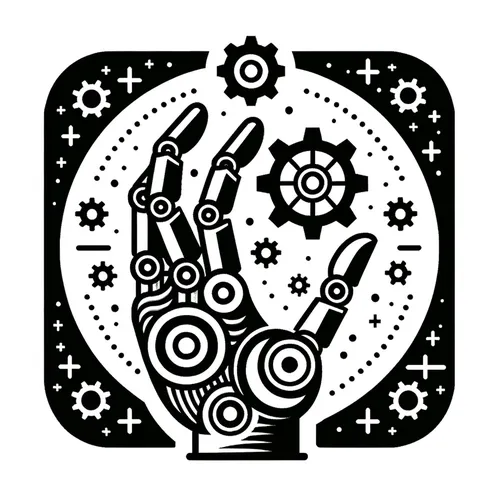Robots Invade Factories: AI Buddies or Job Thieves? The Inside Scoop
- Author
- Quiet. Please
- Published
- Mon 04 Aug 2025
- Episode Link
- https://www.spreaker.com/episode/robots-invade-factories-ai-buddies-or-job-thieves-the-inside-scoop--67242899
This is you Robotics Industry Insider: AI & Automation News podcast.
Listeners, today’s inside look at robotics and automation finds the industry entering a transformative phase, as breakthroughs in AI-powered robots and smarter automation systems redefine factory floors worldwide. Over the last week, the field saw headline developments, including Germany’s NEURA Robotics launching its third-generation cognitive humanoid, Switzerland’s Hexagon introducing the AEON industrial humanoid, and France’s Wandercraft partnering with Renault Group on advanced collaborative robots. These new machines, equipped with tactile sensor skins and advanced AI perception, are rapidly becoming trusted co-workers, mitigating labor shortages and enabling factories to tackle complex, high-mix production tasks that were previously off-limits for automation, as reported by Amiko Consulting.
In the United States, Foxconn and NVIDIA have announced a milestone initiative: from early 2026, they’ll field humanoid robots alongside humans to build NVIDIA AI servers at a new plant in Houston. These robots will manage intricate assembly and precision handling, signaling a major leap toward cognitive manufacturing, where AI and robotics not only automate tasks but adapt and problem-solve in real time. This trend is mirrored in China, where Midea—parent of Kuka Robotics—unveiled its latest humanoid at the World Artificial Intelligence Conference, positioning the country for rapid advances in both domestic and export robotics applications, according to Robotics and Automation News.
Market data underscores just how fast this landscape is evolving. Grandview Research notes the global industrial automation and control systems sector is surging past 206 billion dollars in 2024 and will reach nearly 227 billion in 2025, with a rapid annual growth rate of over 10 percent, propelled by AI, connectivity, and digital transformation. North America and Europe lead, but Asia’s push is gaining steam, supported by government incentives and industrial policies.
For practical takeaways, leaders should prioritize upskilling teams to work seamlessly with collaborative robots and invest in platforms that integrate AI-driven simulation and predictive maintenance, as emphasized at the Kuka Connexions 2025 event. Companies deploying digital twins and simulation software—like Kuka’s Simulation Assistant—are accelerating automation rollouts, slashing downtime, and boosting overall ROI.
Looking ahead, expect a future where cognitive robots enable mass customization, predictive maintenance cuts surprise breakdowns, and new partnerships reshape the global supply chain. Industrial robots are no longer isolated arms—they’re AI-enabled teammates that will continue to blur lines between human intuition and machine precision.
Thank you for tuning in to Robotics Industry Insider. Come back next week for more critical updates on automation and artificial intelligence. This has been a Quiet Please production—explore more at QuietPlease.AI.
For more http://www.quietplease.ai
Get the best deals https://amzn.to/3ODvOta
